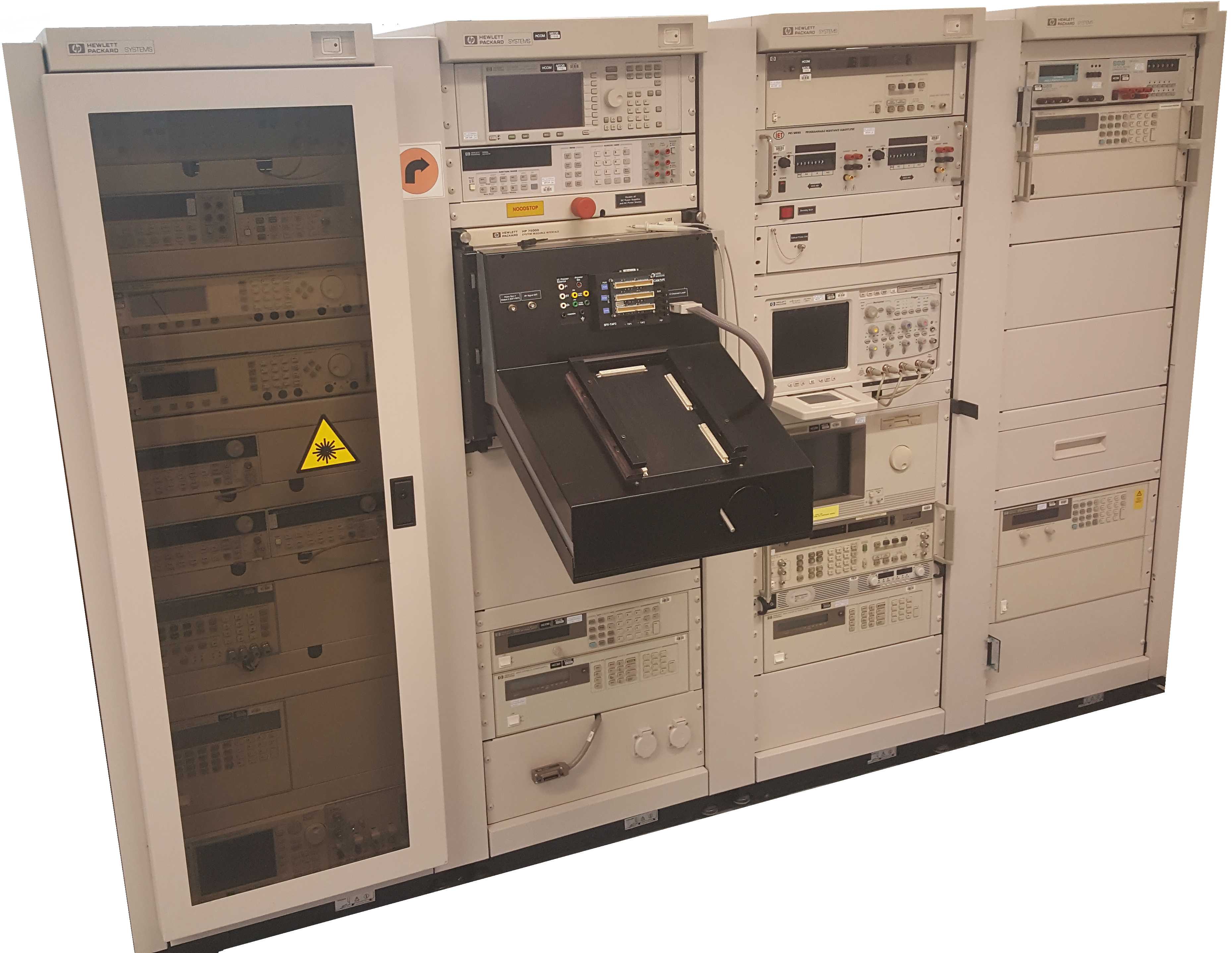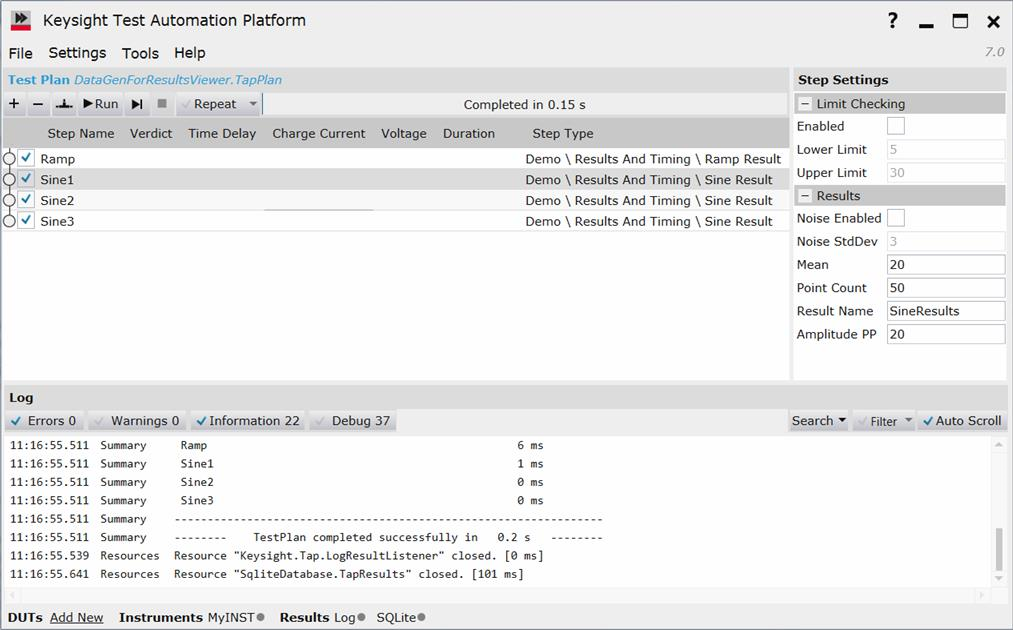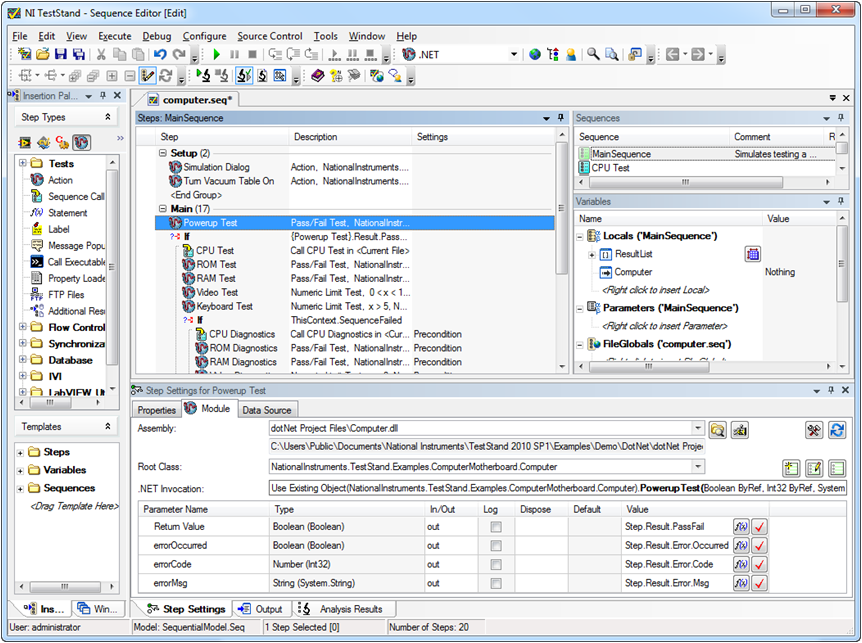Cable characteristic measurement application using the E5061B-005 LF-RF Network Analyzer with option 005 for Impedance Analysis.
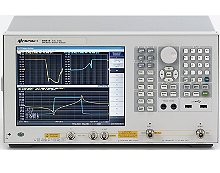
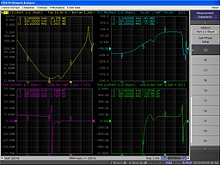
The network analyzer offers versatile network analysis in the broad frequency range from 5 Hz to 3 GHz. Comprehensive LF network measurement capabilities including built-in 1 Mohm inputs have been seamlessly integrated with the high-performance RF network analyzer. The analyzer has two kinds of test ports; the S-parameter test port (Port 1 and 2) and the gain-phase test port. The S-parameter test port has a 50 ohm built-in S-parameter test set that seamlessly covers a broad frequency range from 5 Hz to 3 GHz. The gain-phase test port has reference and test receiver inputs whose input impedance is switchable to 1 Mohm or 50 ohm. The frequency range is 5 Hz to 30 MHz. The most typical application is the frequency response analysis for low-frequency devices and circuits, such as OP amps and control loop circuits of DC-DC converters or in this case low-frequency cables.
The cable characteristics measurements application helps the operator to conduct different kind of cable measurements (including calibration procedure).
Reflection method
Using the S-parameter port-1 and port-2 50 ohm coaxial cables can be connected and measured via the binding post fixture. Other cable impedance measurements are conducted using an impedance transformer (BALUN). During calibration procedure the BALUN is included to measure and compensate for the BALUN frequency response. After calibration the reference pane is the BALUN.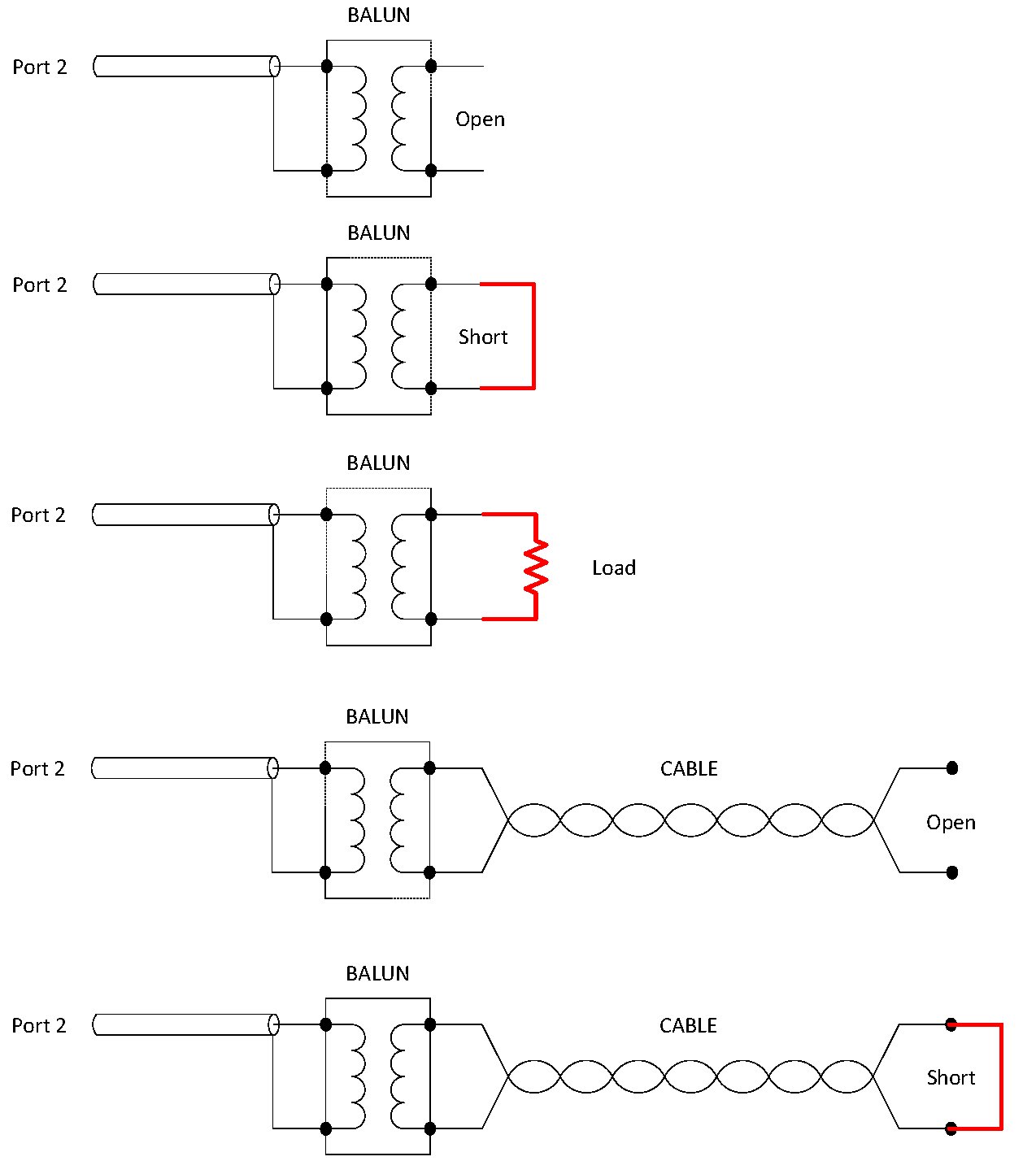
Series-thru method
Non-coaxial cables (twisted pair) are measured using the gain-phase test port. A power splitter is used to measure the reflected energy.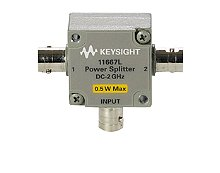 Below a few measurement types; Calibration-Thru, Cable-Thru, Cable-Far-End Cross-Talk and Cable-Near-end Cross-Talk.
Below a few measurement types; Calibration-Thru, Cable-Thru, Cable-Far-End Cross-Talk and Cable-Near-end Cross-Talk.
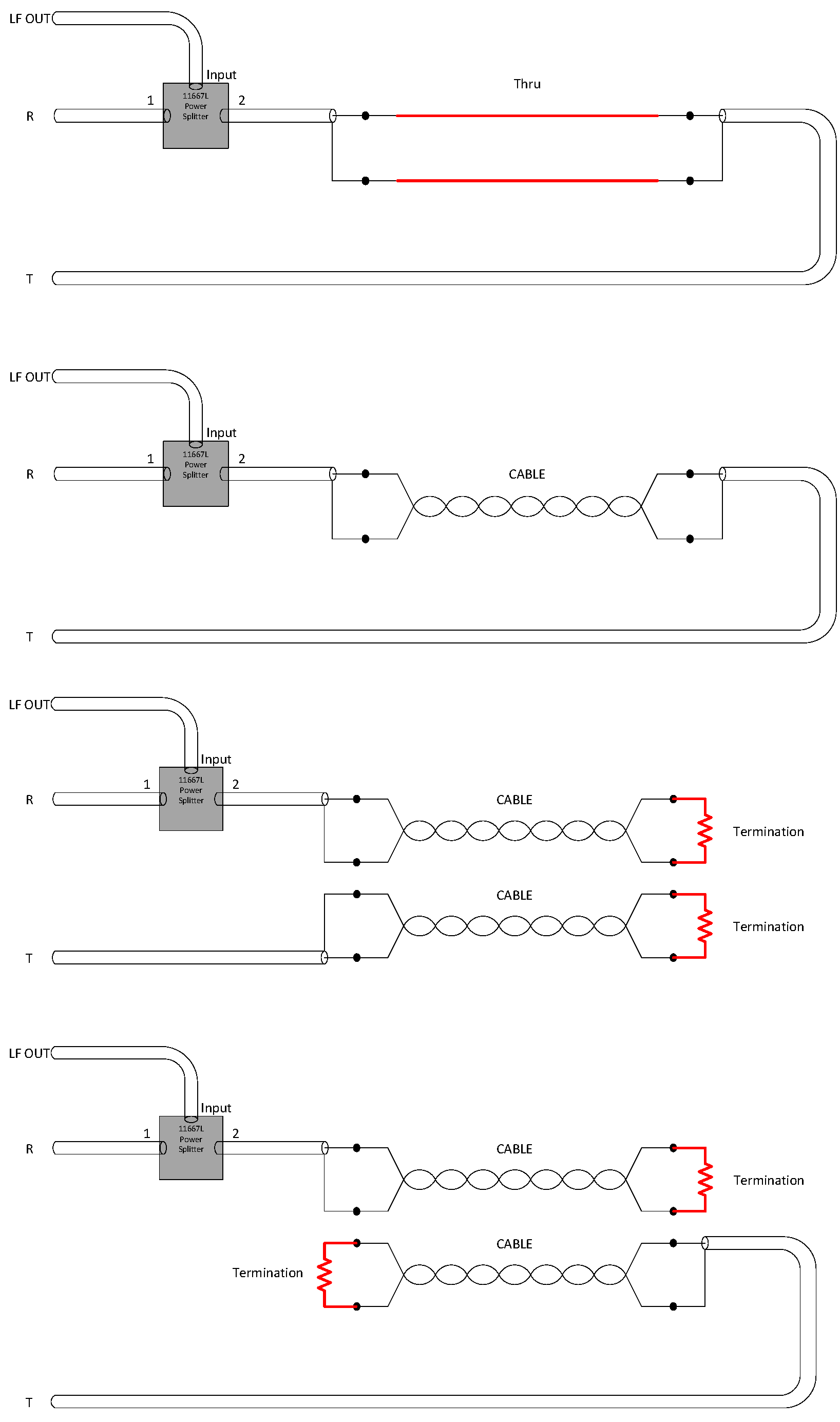
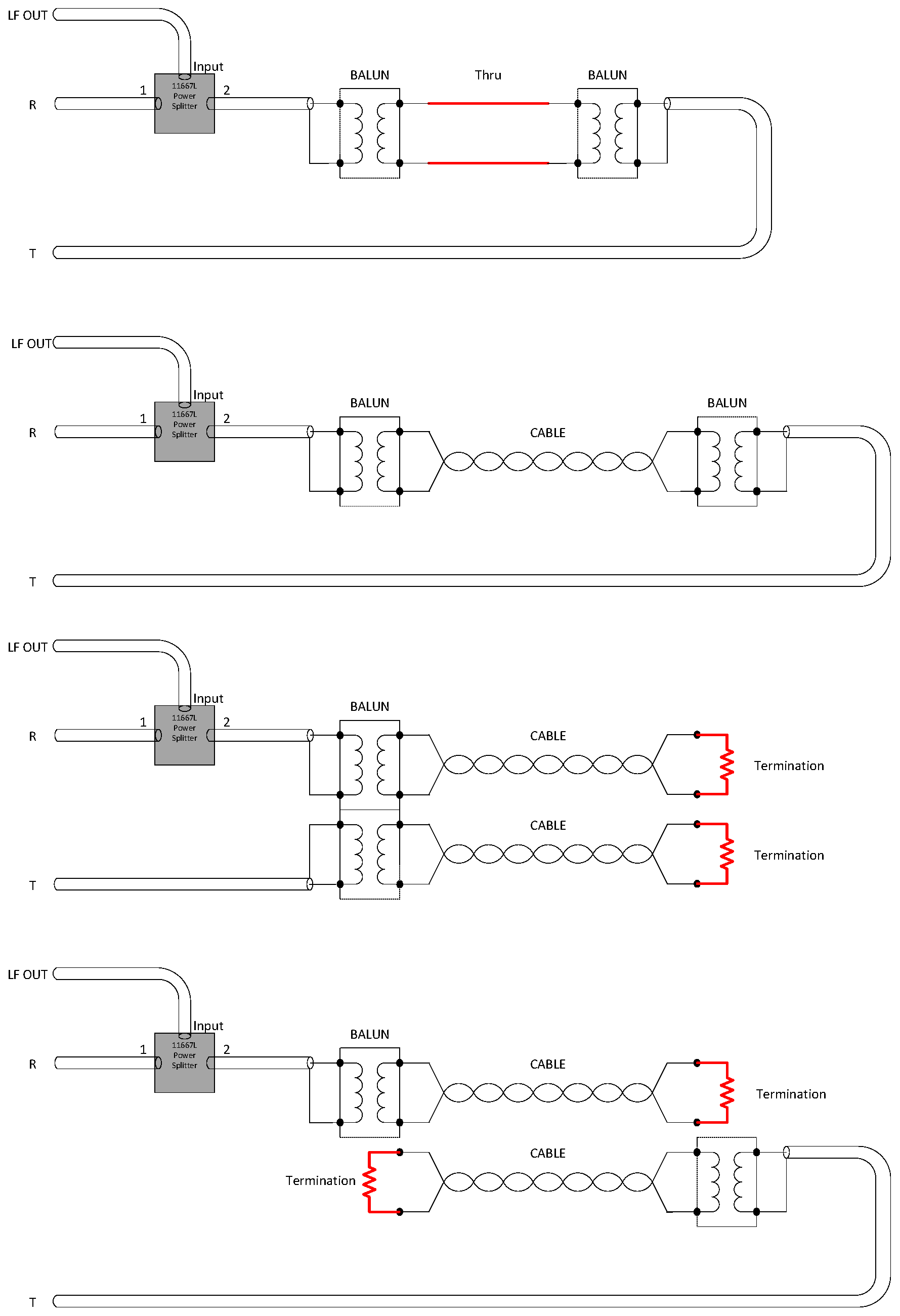






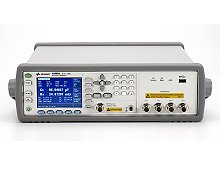
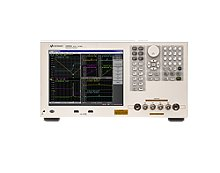
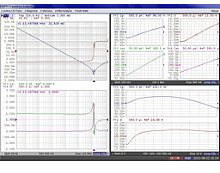
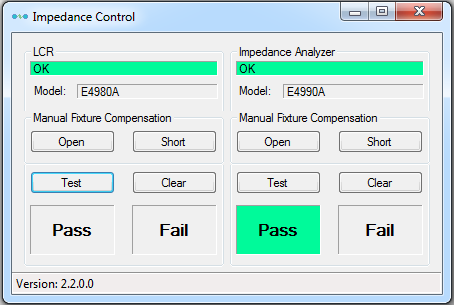
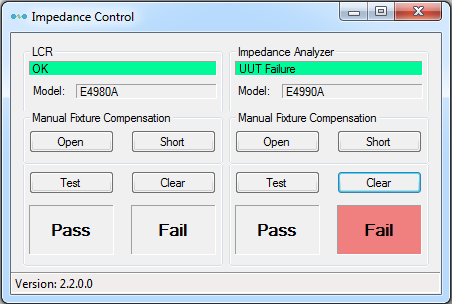
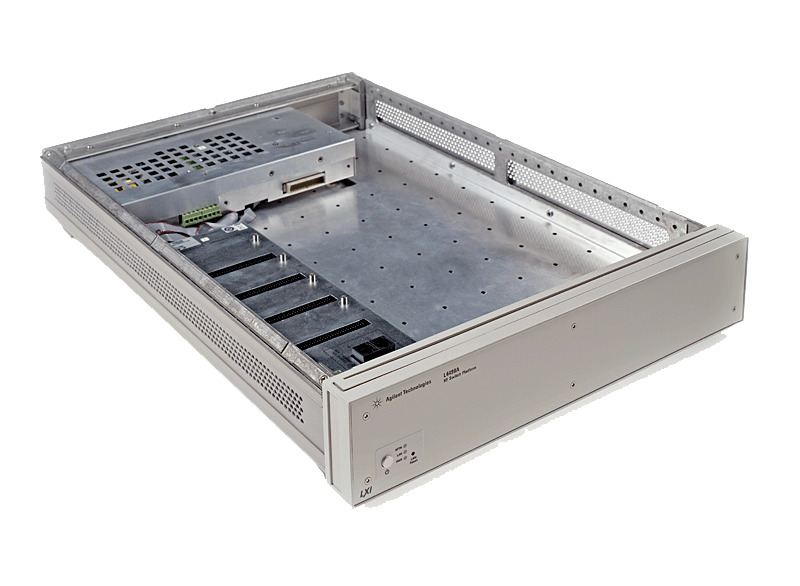
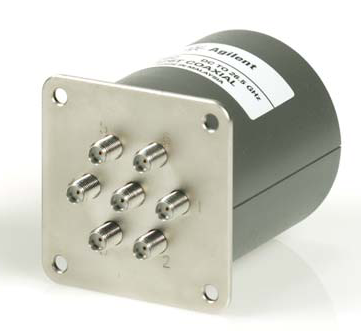
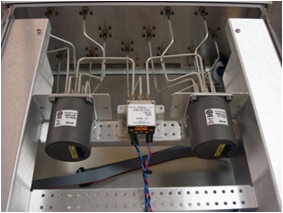
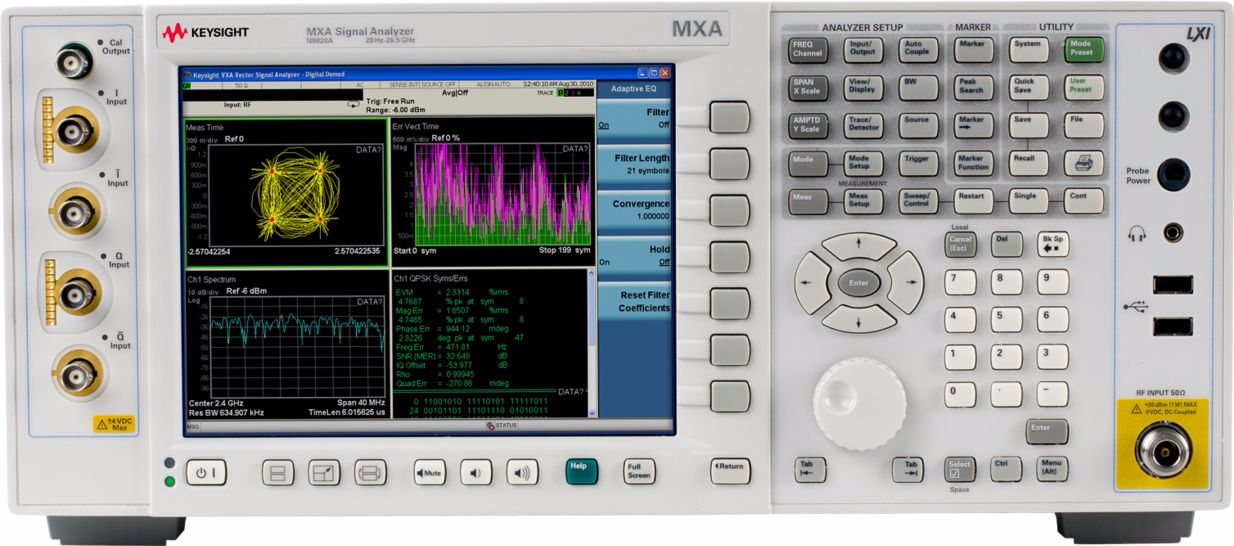
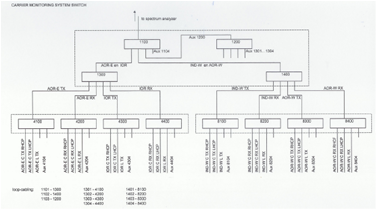
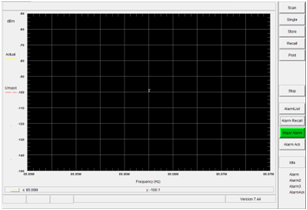
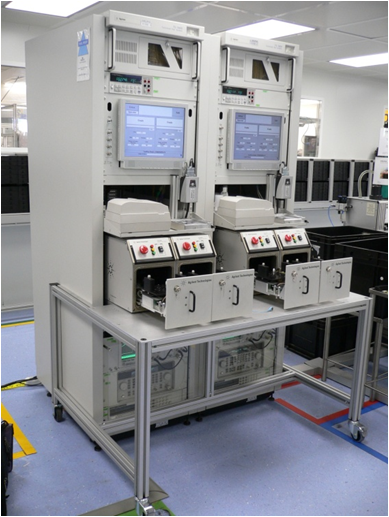
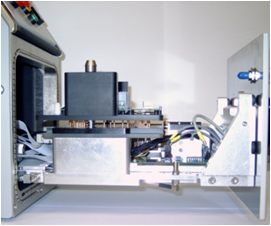 The RF part of the test required a RF shielded box (-70 dB)
The RF part of the test required a RF shielded box (-70 dB)